Dynamic Performance Comparison Between In-Wheel and On-Board Motor BEVs
Politecnico di Torino
Following the trends of the automotive sector, studying the implications of electric powertrains in the overall behavior of vehicles becomes of first importance.
To accomplish this task, virtual simulation has proven to be a valuable resource, accelerating the design phase, enhancing the quality of the final product and drastically reducing costs with prototyping and testing.
This work has been developed with the scope of building a multi-body model that can integrate electrical and mechanical characteristics of vehicles with different architectures of electric powertrain, highlighting the main differences between the dynamic response of those architectures.
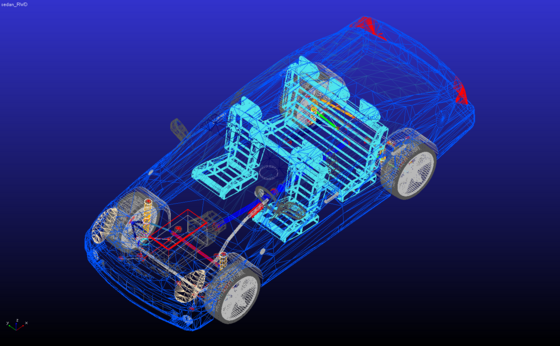
Taking advantage of the co-simulation environment between MSC Adams Car (image 1) and MATLAB-Simulink (image 2), a battery pack, inverter, control system and two models of electric motor - In-wheel (Image 3a) and Central (Image 3b) - where developed, allowing a detailed and insightful analysis of potential advantages and drawbacks of these solutions in terms of energy efficiency, longitudinal performance, handling and comfort.
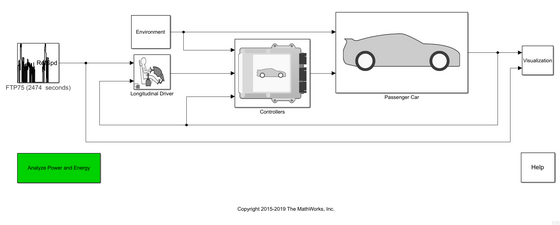
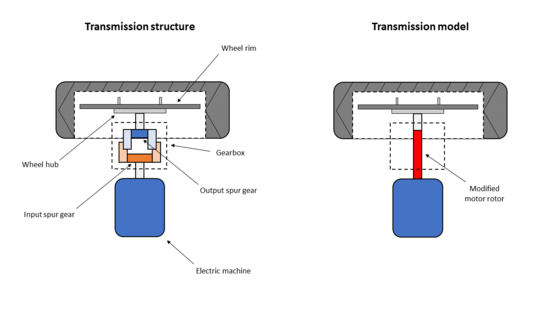
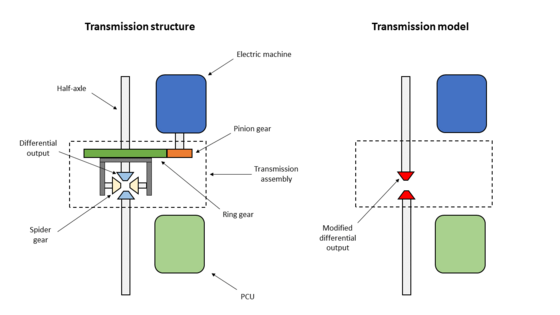
A case-study was proposed, beginning with standard templates of Adams Car for a C-segment passenger vehicle and implementing overall characteristics of a market EV (the 2020 Tesla Model 3 Standard Range Plus RWD) combined with technical specs of axial-flux IPM electric motors supplied by EMRAX.
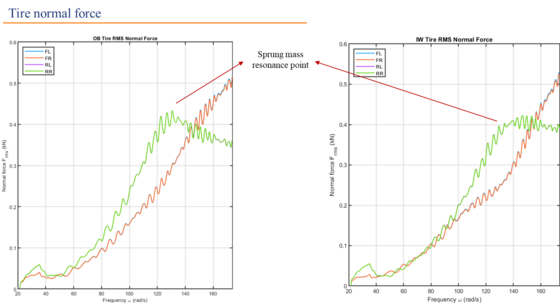
Once the model was developed, personalized dynamic maneuvers were performed, such as: Longitudinal acceleration; Braking; Constant-radius cornering; Cruising on sine-wave road profile; Fish-hook maneuver; and Sweep signal acceleration. The results (e.g.: Image 4) permitted a thorough analysis of lateral, longitudinal and vertical behavior analysis and a better understanding of mechanical/electrical characteristics of In-wheel and On-board electric powertrains.
Autori:
Pedro Gabriel Castro dos Santos, Henrique de Carvalho Pinheiro and Massimiliana Carello
Innovative Electric and Hybrid Vehicles Research Group, Politecnico di Torino